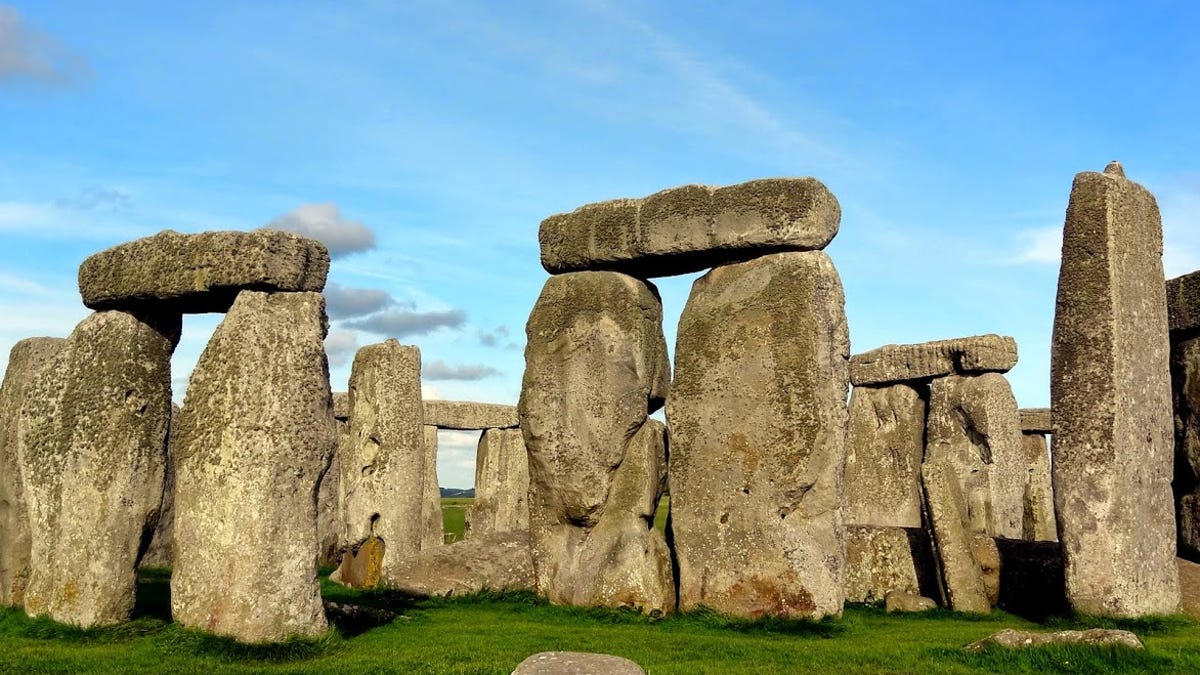Scientists track down origin of Stonehenge's mysterious big stones
Prehistoric builders of Stonehenge moved the giants from 15 miles away.

Stonehenge as it looks today.
When you think of Stonehenge, the enigmatic prehistoric monument in England, you probably think of the megalithic sarsen stones, the towering sculptural rocks that visually dominate the landscape.
Scientists led by David Nash at the University of Brighton in the UK have found an answer to the ancient mystery of the origin of Stonehenge's largest stones. The team tracked them down to an area called the West Woods in the county of Wiltshire, about 15 miles (24 kilometers) north of the monument.
Nash is the lead author of a study on the stones published in the journal Science Advances this week.
"The research team used geochemical data to show that 50 of the 52 sarsen stones at Stonehenge share a consistent chemistry and by inference originated from a common source area," the university said in a release on Thursday.
University of Brighton professor David Nash studies a core sample from a Stonehenge sarsen stone.
The scientists used a core sample extracted from one of the sarsen stones in 1958 as a clue. They also studied the stones on site. This data acted like a fingerprint and helped the team match the megaliths to the specific geology of stones found in the West Woods.
Stonehenge has been the subject of many scientific studies, but researchers are still making new discoveries. Scientists previously traced the origin of some of the monument's smaller bluestones to quarries in Wales. A 2019 study suggested that lard may have been used to help move the stones.
The researchers may have answered one major mystery, but there are many that need more investigation, including the exact location the stones came from, and where the two oddball stones originated.
"Archaeologists and geologists have been debating where the sarsen stones used to build Stonehenge came from for more than four centuries," said Nash. "This significant new data will help explain more of how the monument was constructed and, perhaps, offer insights into the routes by which the 20- to 30-tonne stones were transported."

